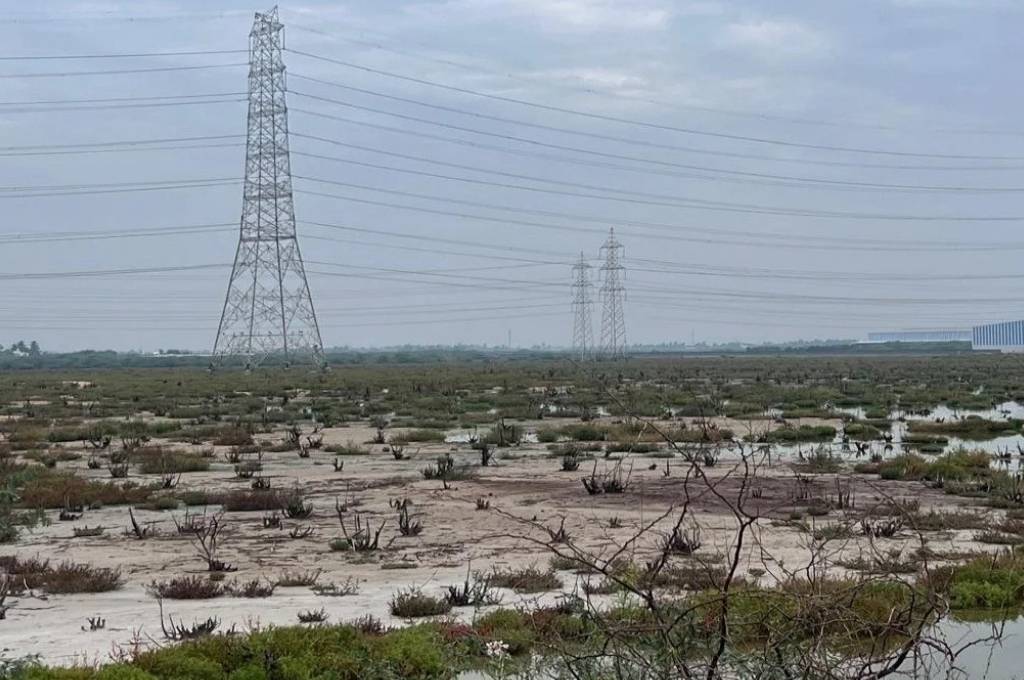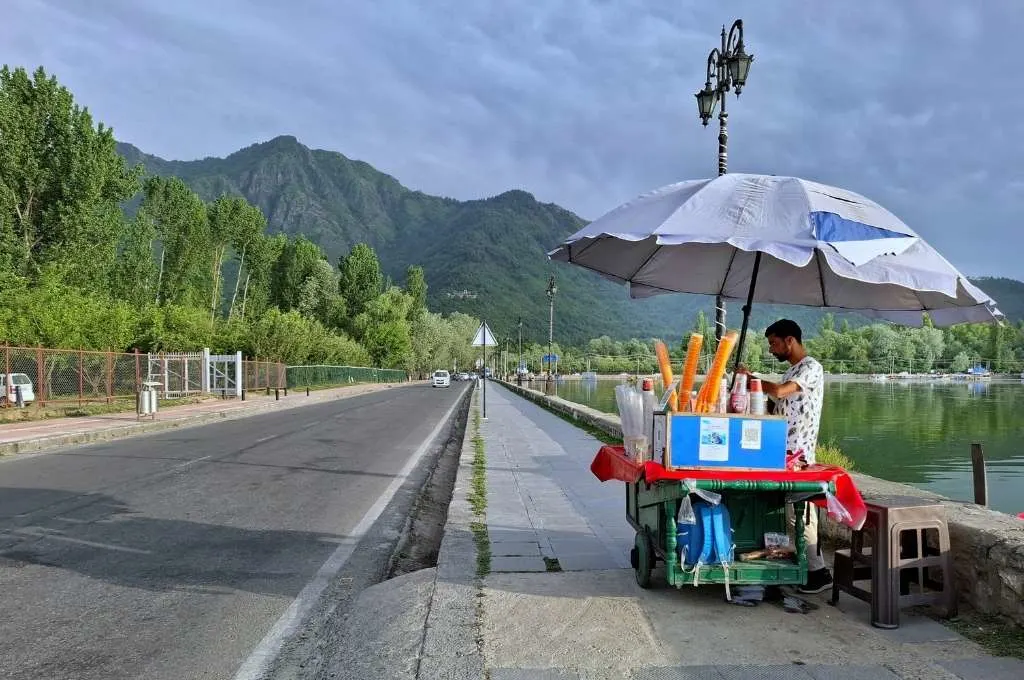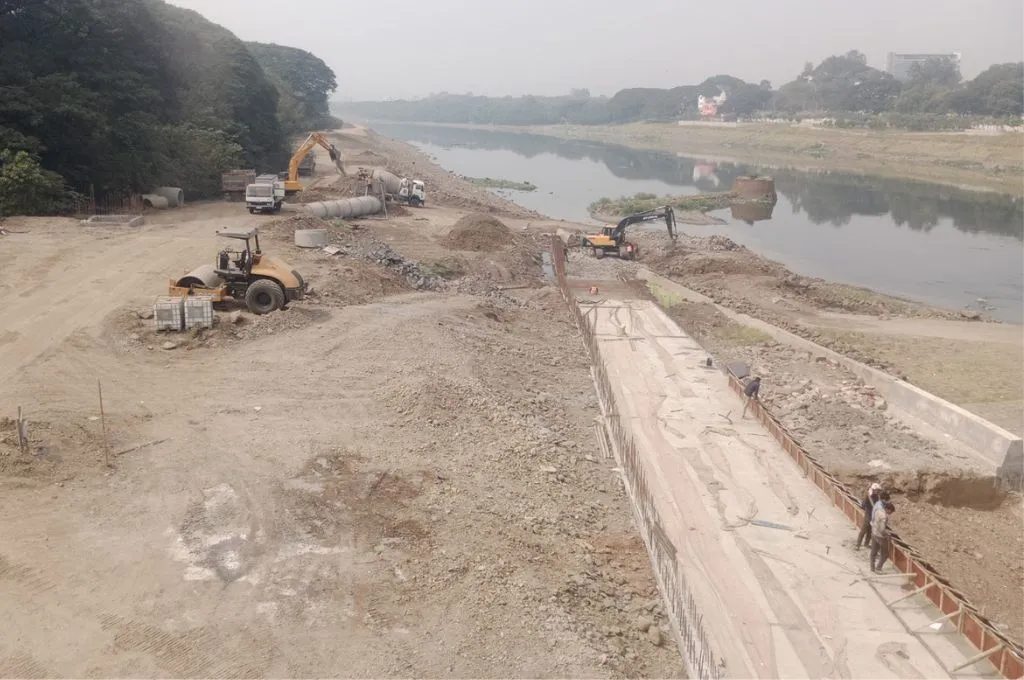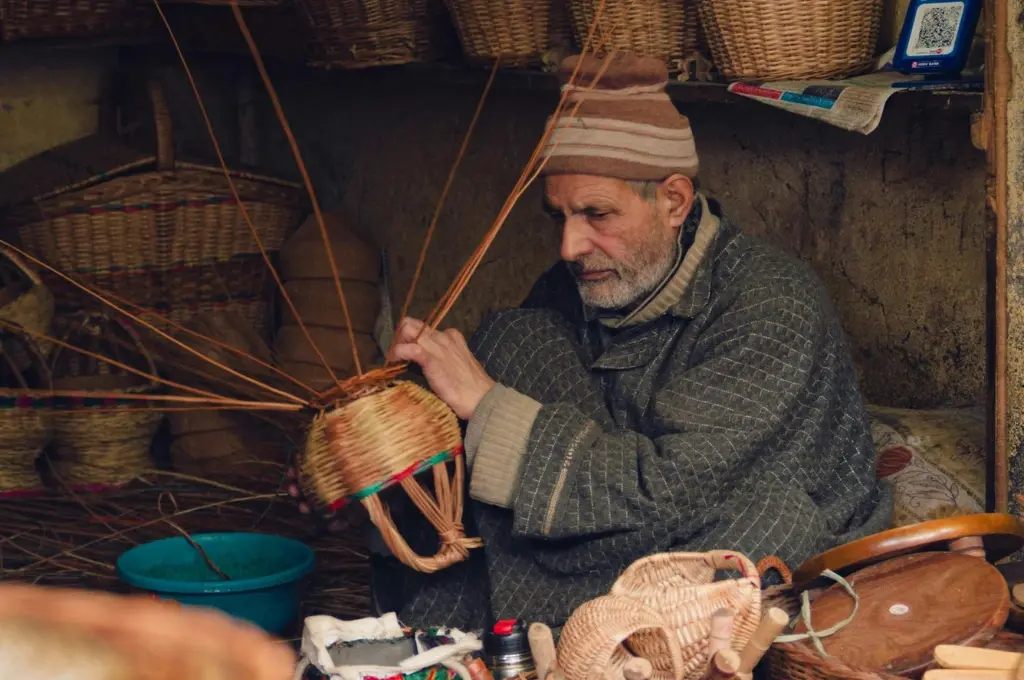READ THIS ARTICLE IN
Farmers hit a brick wall: Kilns erode soil
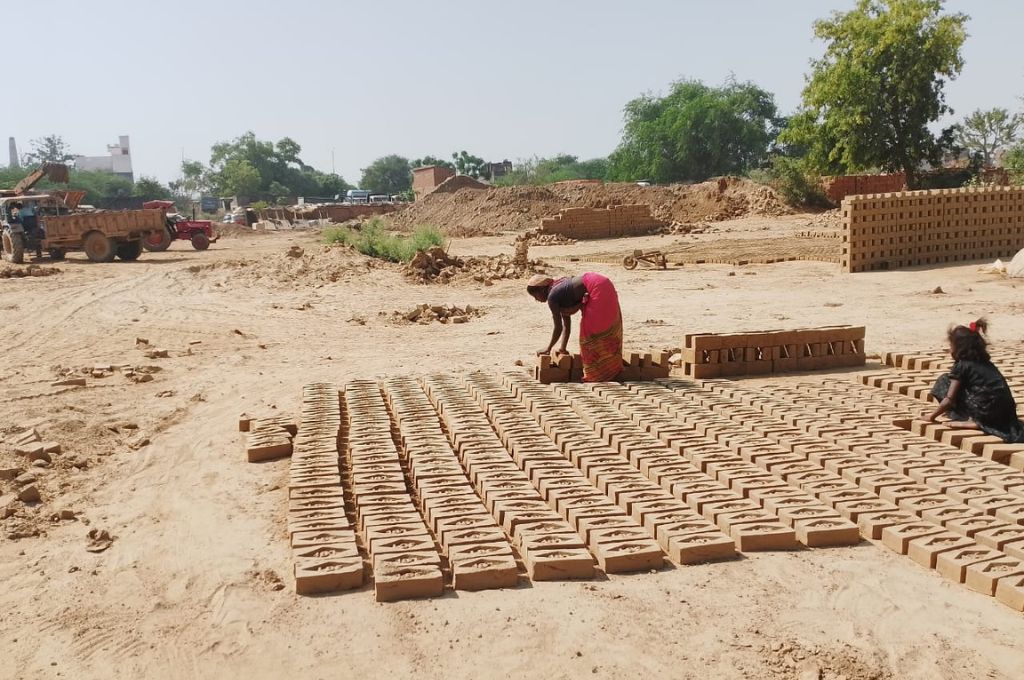
Perera Pur is a village located in the rural expanse of Amraudha block in Uttar Pradesh’s Kanpur district. According to locals, the brick kilns in the area have irreversibly transformed the agricultural landscape over the past three decades. The soil in Perera Pur’s agricultural fields is being extracted and repurposed for brickmaking, resulting in land degradation and poor yield. Initially, only a few landowning families sold the topsoil to the brick kilns. However, this has now become a widespread practice in the region, especially for families that need large sums of money to pay off loans or cover major expenses during health crises or weddings.
Topsoil is the most fertile part of land and is rich in organic matter, nutrients, and microorganisms essential for plant growth. When removed, the underlying layers of soil—which are less fertile and more compact—are exposed, leading to decreased soil quality and diminished crop yield. Topsoil extraction also disrupts soil structure, which increases run-off and reduces water-holding capacity. This challenges traditional farming’s reliance on natural water retention by causing irrigation difficulties and leading to higher water demand. Understandably, the loss of topsoil has wreaked havoc upon the communities.
Kiran Devi, a farmer from the village, used to cultivate 1.5 bighas (or one-third of an acre) of land, producing up to 14 quintals of crops. However, since leasing out the topsoil to a nearby brick kiln, her crop yield has plummeted to just 4–6 quintals. Even crops such as bajra and wheat, which were once common in the area, are now difficult to grow. Kiran says, “We had no other option, especially given the need [for money] to educate our children. Ever since the soil was taken, the land has begun to turn barren.”
Ramankanti and her family, also residents of the village, own 3 bighas of land, the topsoil of which they leased to the brick kilns six years ago to fund Ramankanti’s husband’s medical treatment and her daughter’s wedding. Earlier, the land would produce 13–14 quintals of maize and wheat, but now the yield is less than half of what it used to be.
Despite the dire conditions in the village, some locals are cautiously optimistic. Lakhan, a local farmer who gave away soil for INR 60,000 per bigha, is one of them. He speaks of a future where they might be able to cultivate their land again. Once topsoil extraction reaches its limit and the soil is no longer useful for the brick kilns, the kilns will likely move to other areas. Farmers like Lakhan are hopeful that once the extraction stops, they can restore the soil’s fertility. “If we get our land back, we will sow wheat, rice, and bajra,” he says.
Ankita and Goldi are Udaan Fellows. The Udaan Fellowship is supported by Buniyaad and Chambal Academy. Sejal Patel contributed to the research and writing on this article.
—
Know more: Learn how infrastructure and development has impacted people in Uttarakhand.
